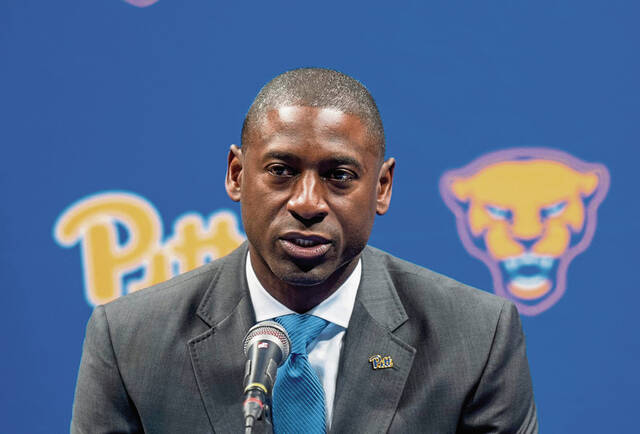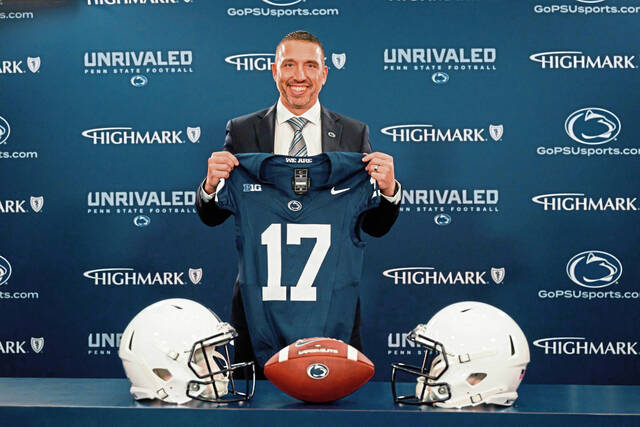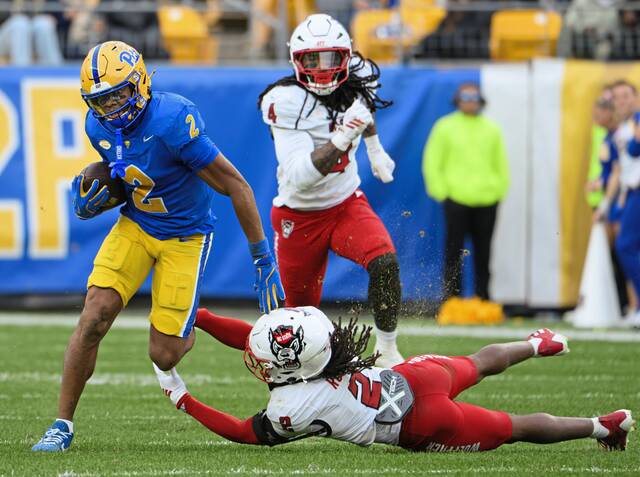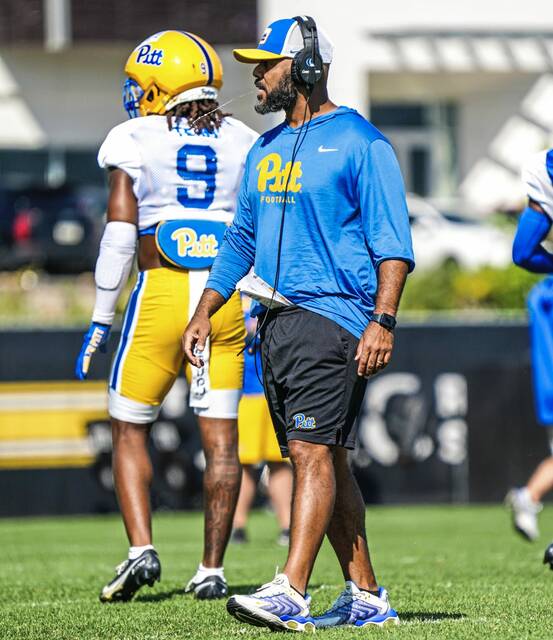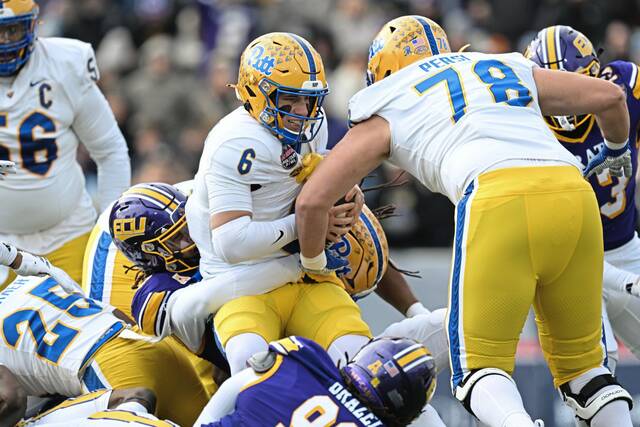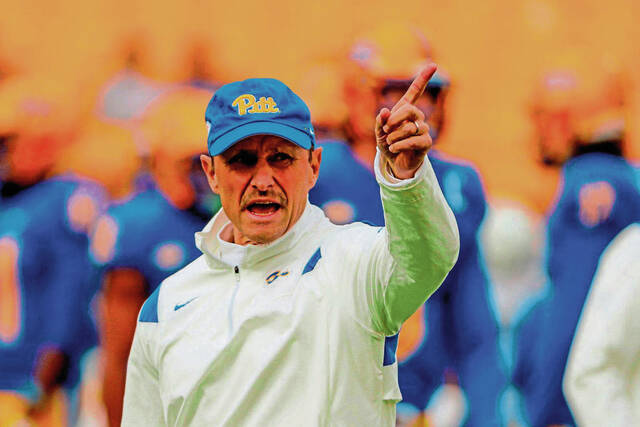A new era in collegiate sports has officially arrived.
On Friday, U.S. District Judge Claudia Wilken approved a 10-year, $2.8 billion settlement to the House vs. NCAA lawsuit originally filed in 2020 by Arizona State swimmer Grant House and TCU basketball player Sedona Prince.
Wilken’s ruling came after extensive litigation and discussion over a multi-year period.
Across the country, athletic directors, including Pitt’s Allen Greene, have been bracing for the ruling and working to prepare for its short- and long-term implications.
During an appearance Saturday morning on 93.7 FM, Greene painted an optimistic picture about how Pitt is positioned to meet the moment.
“No. 1, Pitt Athletics is definitely ready for this and big kudos to the team and to our university administration,” he said. “One of the things that is a huge benefit to us here at Pitt is the alignment between our board chair, our chancellor, myself and our team and our chancellor’s team.
“We’ve been able to have very transparent conversations about how we are preparing for the eventual approval of this settlement. ... We’ve been strategizing for six months and even beyond. But really robustly over the last six months. I couldn’t be more proud of the team for helping put us in a very strong position moving forward.”
The seismic components of the settlement that’ll usher in massive changes to Division I college sports center around direct name, image and likeness (NIL) revenue-sharing with players starting July 1 ($20.5 million per academic year in Year 1) and $2.8 billion in NIL back payments over a 10-year span to athletes who competed at any point from 2016-2024.
Additionally, roster limits will come into play, in contrast to the per-sport scholarship limitations historically utilized by the NCAA.
The $20.5 million approved for distribution to players in 2025-26 is set to increase every year during the 10-year agreement.
For Greene — who took the helm of Pitt athletics in mid-October last year when Heather Lyke was fired after more than eight years on the job — positioning the school for the impending settlement has been a major focus.
“We were anticipating the House settlement being approved at some point in time, and we took measures from the get-go to really evaluate our investments and where we were investing,” he said. “We’ve redistributed our resources to help make sure that we are in best position for future success. Sometimes, we have to look at things a little bit differently, we may have to have had to make some unconventional decisions, but every school is facing the same battle.
“It doesn’t matter what Power Four league you’re in, doesn’t matter if you’re in the Big East or not, but if you’re going to participate in a revenue share, $20.5 (million) doesn’t just grow on a tree right outside people’s offices. We have to be very strategic with how we’re redirecting our resources to have the greatest impact.”
In the immediate aftermath of Friday’s landmark ruling, plenty of questions still remain regarding the landscape of college sports.
How harmonious an environment will exist between the still-permitted booster-backed collectives, original distributors of NIL payments beginning in 2021, and athletic departments that are now cutting checks to players?
How will Title IX concerns be addressed if and when football and men’s basketball, the two most profitable collegiate sports, absorb the lion’s share of a school’s annual revenue-sharing budget?
Will the rich get richer, whereas programs such as Pitt struggle to keep up?
And how about overall enforcement of these massive changes, to be handled by the newly announced College Sports Commission?
No one can answer those questions at the moment.
But Greene is confident about Pitt’s ability to thrive in this challenging and uncharted new era.
“We want to have a championship-caliber program,” Greene said. “I would not be at Pitt if I didn’t think that was possible here. We’re not going to have the most money — that’s part of who we are. But we may have the most grit. We’ve got to figure out how we are going to leverage all that is uniquely Pitt and use that to our advantage. Where there’s a will, there’s a way. We’re going to find a way to win at Pitt.”


